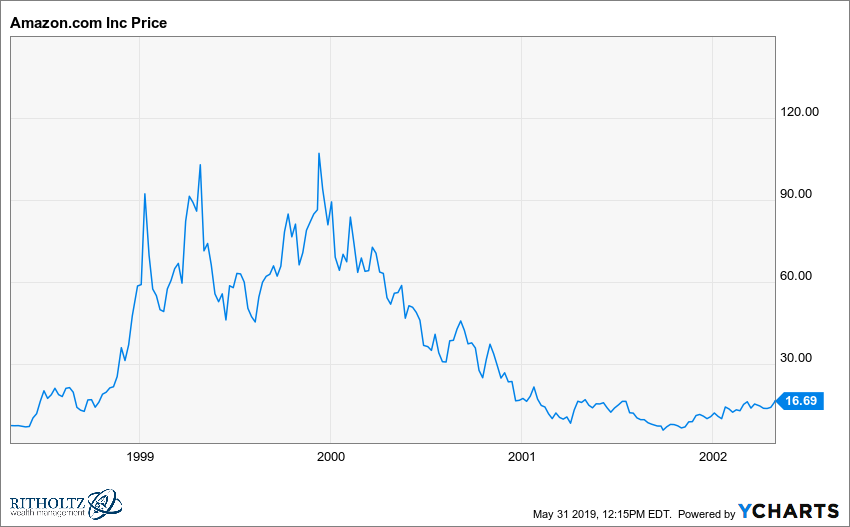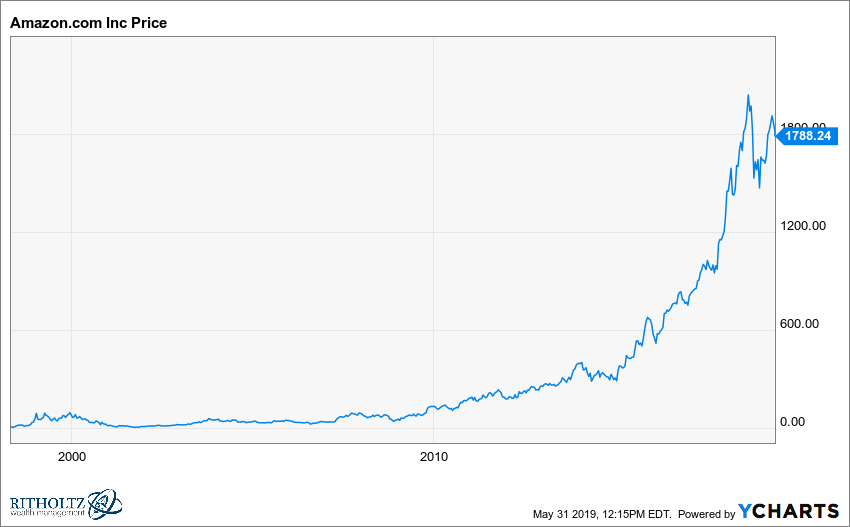A VERY important proposal, IMO. I have been calling this kind of approach "Pay the Losers" for some years, since it's the essential approach of most progressive economists to the rapid shifts in the division of labor (jobs, corporate restructuring, technology, trade, etc transformations) in the economy. But "Economic Patriotism" is a MUCH better expression. Plus, Senator Warren KNOWS this stuff. Bravo. (There ought to be a way to link organized labor institutionally into the program)
Senator Elizabeth Warren speaks during the 2019 California Democratic Party State Organizing Convention in San Francisco.
I have been a fan of Elizabeth Warren for a long time. Her combination of deep knowledge of how American capitalism works, her capacity to narrate the lived experience of American working families and tie it to radical reforms, and her sheer integrity are unsurpassed.
Her rollout of one brilliant policy proposal after another and her ability to connect those to a political understanding of the American situation has been just stunning. But Warren's latest plan is in a class by itself, even for Warren. She calls it an Agenda for Economic Patriotism.
Warren's proposal does nothing less than turn inside out the globalist assumptions pursued by the past several administrations, Democrat and Republican alike. Where they have pursued more globalization of commerce as an end in itself (and as a profit center for U.S.-based multinational corporations and banks), Warren's goal is to bring production and good jobs home.
Even better, she knits it all together with a coherent plan, beginning with a new Department of Economic Development "with the sole responsibility to create and defend quality, sustainable American jobs."
The new Department will replace the Commerce Department, subsume other agencies like the Small Business Administration and the Patent and Trademark Office, and include research and development programs, worker training programs, and export and trade authorities like the Office of the U.S. Trade Representative. The new Department will have a single goal: creating and defending good American jobs.
Globalization didn't just happen, Warren points out.
America chose to pursue a trade policy that prioritized the interests of capital over the interests of American workers. Germany, for example, chose a different path and participated in international trade while at the same time robustly—and successfully—supporting its domestic industries and its workers.
Warren proposes that every tool of American national policy be directed towards the goals of reclaiming domestic industry and producing good jobs for American workers.
This, in her phrase, is the essence of economic patriotism and is the opposite of what most American-based banks and corporations do.
These "American" companies show only one real loyalty: to the short-term interests of their shareholders, a third of whom are foreign investors. If they can close up an American factory and ship jobs overseas to save a nickel, that's exactly what they will do—abandoning loyal American workers and hollowing out American cities along the way.
Specifically, she calls for leveraging government-subsidized R & D to promote domestic good jobs. If the research and development that goes into new products is funded by American taxpayers, those products will be built by American workers. Warren also wants management of the value of the dollar to take into account the impact on domestic production.
In her Green Manufacturing Plan, which Warren is also releasing today, she further proposes the federal government allot $150 billion every year for the next decade to purchase renewable, green, American-made energy products, which in itself would amount to a 30 percent increase in the government's annual procurement.
In addition, she values these new tools of domestic economic development for regional development potential as well, so that good jobs can be spread to the nation's regions that have been left behind by the bi-coastal shift of capital. And she wants government procurement to be used explicitly for domestic production and job creation. Warren also proposes a dramatic expansion of worker training to rendezvous with the anticipated new jobs.
If China can commit its national resources to promotion of domestic industry, through plans such as Made-in-China 2025, and even democratic Germany can commit a great deal more economic planning than we do, says Warren, it's time for America to start planning a future of cutting edge industries and good jobs. Every four years, the Department of Economic Development would produce a National Jobs Strategy, and all trade-related policies would fall under the new department.
Consider what Warren has done with this proposal. For starters, she has blown away the assumptions of several decades of U.S. trade policy, in which the invisible hand is supposed to allocate production based on principles of laissez-faire. But as painful experience has demonstrated, free-market economics doesn't work any better globally that it does nationally.
While other progressive critics have offered telling indictments of America's trade policy, Warren is the first to nest that critique in an affirmative strategy for reclaiming good jobs and fostering cutting edge industries. By doing so, she underscores her distance from corporate Democrats and allies herself with working people.
Even better, Warren shows up Donald Trump on the question of trade. While Trump's version of economic nationalism is all swagger, symbol, and shotgun retaliation. Warren's would actually deliver tangible benefits for the voters who turned in desperation to Trump. By contrast, Trump's version delivers nothing.
Warren has also reclaimed the virtue of patriotism for the progressive left, and connected it to something urgent and with real meaning, as opposed to the right's use of patriotism for symbols, military adventures, and worse. The Prospect recently addressed this need in E.J. Dionne's essay on the important work of John Judis.
As this remarkable plan is debated, the usual suspects in the political center not to mention the orthodox economists are going to go nuts. Just wait for the editorials and columns. Warren will be damned as a protectionist and worse. We will see claims of a false symmetry between left economic patriots and rightwing ultra-nationalists. But the supposed gains of "free trade" are among the most overrated free-market myths.
America's finest industrial hours came during World War II, when national planning was a necessity and trade was shut down. The postwar boom was an era when trade came to just about five percent of GDP, and prosperity was broadly spread. Trade is fine as the tail on the economic dog, but it becomes perverse when trade is the tail that wags the dog (even more so when the master is corporate).
With this plan, Warren has begun an overdue debate that she deserves to win, both intellectually and politically. And she has demonstrated once again her potential as a powerful force against Donald Trump.
And against others in the Democratic field. Joe Biden may be the candidate working class voters would rather have a beer with, but what will he have to say about this proposal? Let his constituents eat free trade? Having supported NAFTA, extending permanent "normal" trade relations to China, and the Trans-Pacific Partnership, Biden's pro-worker bona fides leave a good deal to be desired.
For several months, I've been arguing with the naysayers who tell the usual story of Warren being too much the "shrill schoolmarm" who will never reach working class voters, or being politically vulnerable as "Pocahontas." I've watched Warren's stunning success talking candidly about race, and observed skeptics crediting her political, rhetorical, and policy acumen, as she keeps slowly moving up in the polls, benefiting from those lowered expectations.
This latest proposal demonstrates once again what makes Warren a once-in-a-lifetime progressive leader.
-- via my feedly newsfeed





